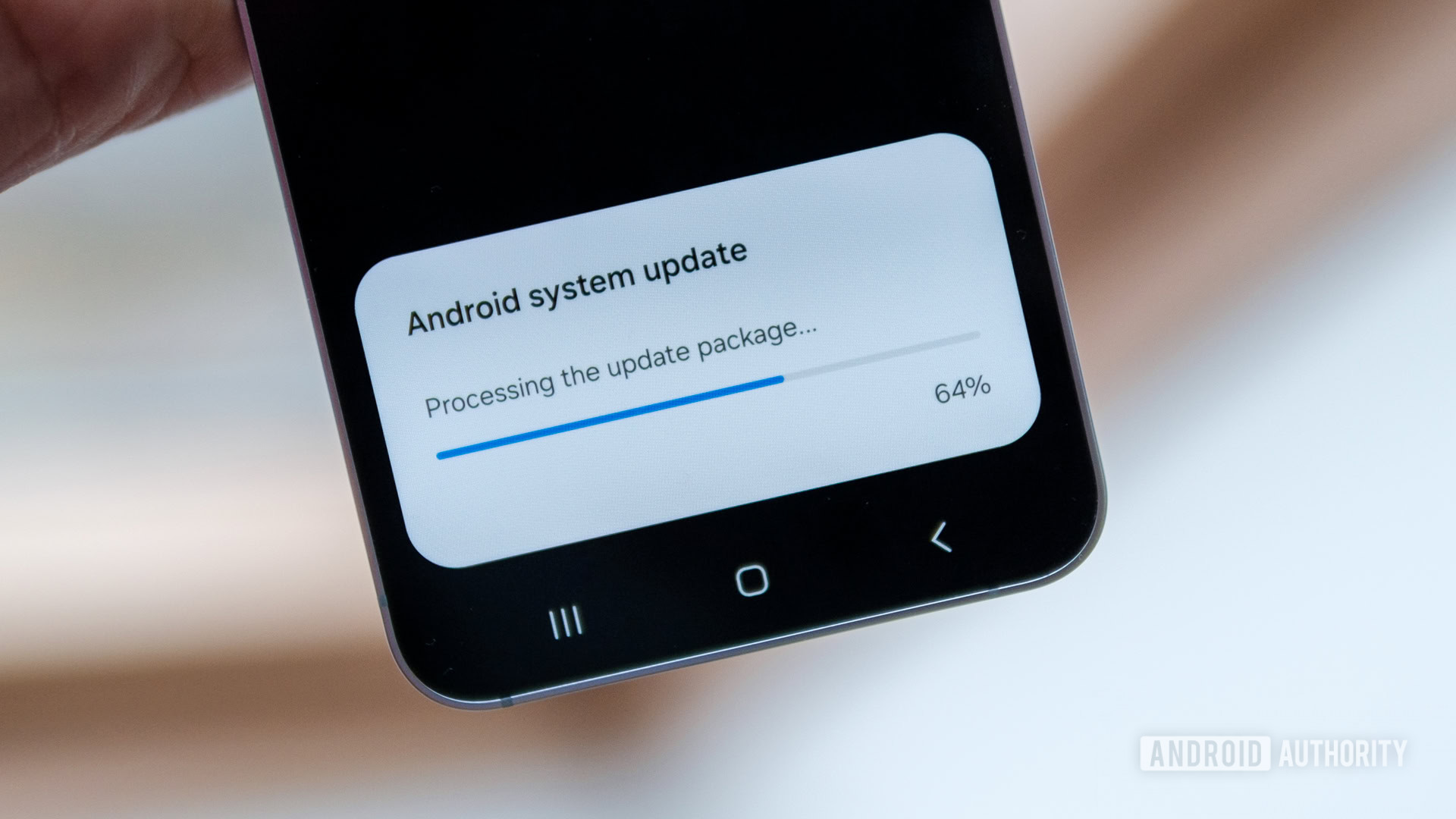SSH in Linux: Your Secure Gateway to Remote Control
Table of Contents What is SSH and Why It Matters How to Connect Using SSH Key-Based Authentication: Passwords Are So Last Decade Handy SSH Commands and Tricks Managing Your Server Remotely Wrapping Up What is SSH and Why It Matters SSH, or Secure Shell, is the go-to tool for securely connecting to remote Linux machines. Whether you’re managing servers in the cloud, tinkering with a Raspberry Pi, or helping a friend troubleshoot, SSH keeps your connection encrypted and safe from prying eyes. Think of it as your private tunnel into another computer, where you can run commands, transfer files, and control everything remotely How to Connect Using SSH ssh username@hostname Replace username with your remote user’s name and hostname with the server’s IP address or domain name. For example:"> ssh alice@192.168.1.100 The first time you connect, you’ll see a prompt asking if you trust the server’s fingerprint. Say yes, enter your password, and boom- you’re in! Key-Based Authentication: Passwords Are So Last Decade Typing passwords every time is a drag-and not the safest option. SSH keys let you log in without a password while keeping things secure. Here’s how you do it: Generate a key pair on your local machine: ssh-keygen Copy your public key to the server: ssh-copy-id username@hostname Now, when you SSH, your private key does the talking. No password needed. For extra security, you can disable password logins on the server altogether Handy SSH Commands and Tricks SSH isn’t just for logging in. Here are some neat tricks: scp file.txt username@hostname:/path/to/destination Run a command remotely without logging in: ssh username@hostname 'ls -l /var/www' Forward ports: ssh -L 8080:localhost:80 username@hostname This lets you access a remote web server on your local machine via port 8080. Managing Your Server Remotely Imagine you’ve just launched a cloud server and want to update it. SSH makes it easy: Connect with SSH: ssh youruser@your.server.ip Update packages: sudo apt update && sudo apt upgrade Restart services or edit configs-all from your laptop, anywhere. Wrapping Up SSH is the backbone of remote Linux management, and once you get comfortable, you’ll wonder how you ever lived without it. SSH is simple, secure, and powerful. It’s your key to managing Linux systems remotely with confidence. Set up your keys, learn a few commands, and you’re ready to control servers, transfer files, and automate tasks-all from your terminal. Happy connecting!

Table of Contents
What is SSH and Why It Matters
How to Connect Using SSH
Key-Based Authentication: Passwords Are So Last Decade
Handy SSH Commands and Tricks
Managing Your Server Remotely
Wrapping Up
What is SSH and Why It Matters
SSH, or Secure Shell, is the go-to tool for securely connecting to remote Linux machines.
Whether you’re managing servers in the cloud, tinkering with a Raspberry Pi, or helping a friend troubleshoot, SSH keeps your connection encrypted and safe from prying eyes.
Think of it as your private tunnel into another computer, where you can run commands, transfer files, and control everything remotely
ssh username@hostname
Replace username with your remote user’s name and hostname with the
server’s IP address or domain name. For example:">
The first time you connect, you’ll see a prompt asking if you trust
the server’s fingerprint. Say yes, enter your password, and boom- you’re in!
Key-Based Authentication: Passwords Are So Last Decade
Typing passwords every time is a drag-and not the safest option.
SSH keys let you log in without a password while keeping things secure.
Here’s how you do it:
- Generate a key pair on your local machine:
ssh-keygen
- Copy your public key to the server:
ssh-copy-id username@hostname
Now, when you SSH, your private key does the talking. No password needed.
For extra security, you can disable password logins on the server altogether
SSH isn’t just for logging in. Here are some neat tricks:
scp file.txt username@hostname:/path/to/destination
- Run a command remotely without logging in:
ssh username@hostname 'ls -l /var/www'
- Forward ports:
ssh -L 8080:localhost:80 username@hostname
This lets you access a remote web server on your local machine via port 8080.
Imagine you’ve just launched a cloud server and want to update it. SSH makes it easy:
- Connect with SSH:
- Update packages:
sudo apt update && sudo apt upgrade
- Restart services or edit configs-all from your laptop, anywhere.
SSH is the backbone of remote Linux management, and once you get comfortable, you’ll wonder how you ever lived without it.
SSH is simple, secure, and powerful.
It’s your key to managing Linux systems remotely with confidence.
Set up your keys, learn a few commands, and you’re ready to control servers, transfer files, and automate tasks-all from your terminal.
Happy connecting!










































































































































































![[The AI Show Episode 146]: Rise of “AI-First” Companies, AI Job Disruption, GPT-4o Update Gets Rolled Back, How Big Consulting Firms Use AI, and Meta AI App](https://www.marketingaiinstitute.com/hubfs/ep%20146%20cover.png)










































































































































































.png?width=1920&height=1920&fit=bounds&quality=70&format=jpg&auto=webp#)































































































_Aleksey_Funtap_Alamy.jpg?width=1280&auto=webp&quality=80&disable=upscale#)
_Sergey_Tarasov_Alamy.jpg?width=1280&auto=webp&quality=80&disable=upscale#)















































































































![Apple Foldable iPhone to Feature New Display Tech, 19% Thinner Panel [Rumor]](https://www.iclarified.com/images/news/97271/97271/97271-640.jpg)
![Apple Developing New Chips for Smart Glasses, Macs, AI Servers [Report]](https://www.iclarified.com/images/news/97269/97269/97269-640.jpg)
![Apple Shares New Mother's Day Ad: 'A Gift for Mom' [Video]](https://www.iclarified.com/images/news/97267/97267/97267-640.jpg)
![Apple Shares Official Trailer for 'Stick' Starring Owen Wilson [Video]](https://www.iclarified.com/images/news/97264/97264/97264-640.jpg)



































































































